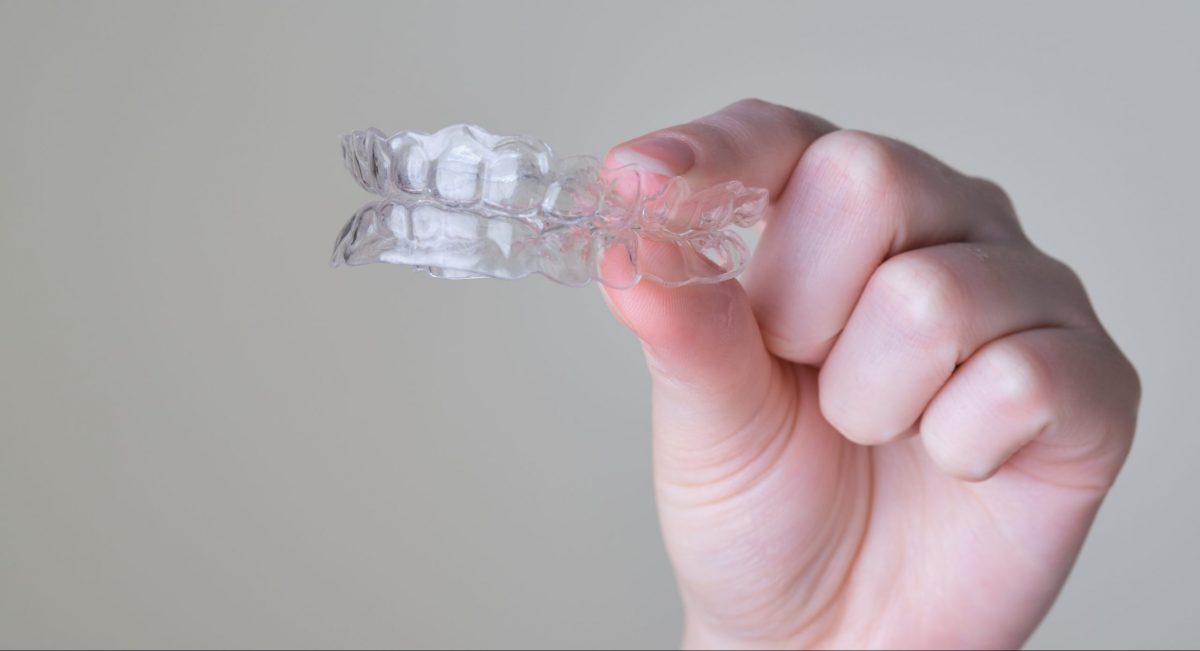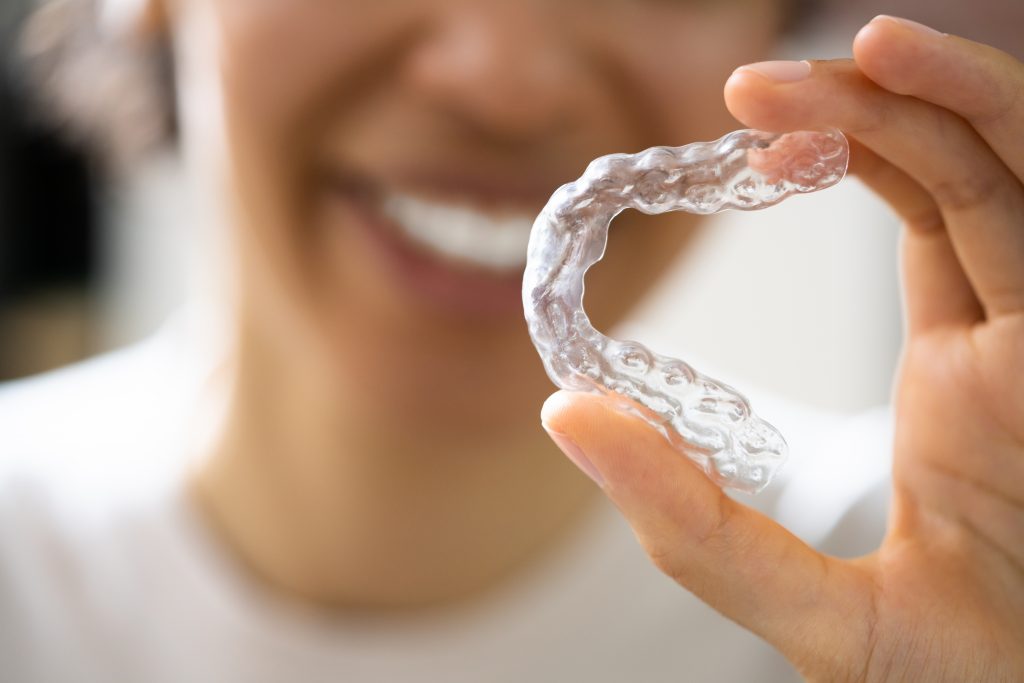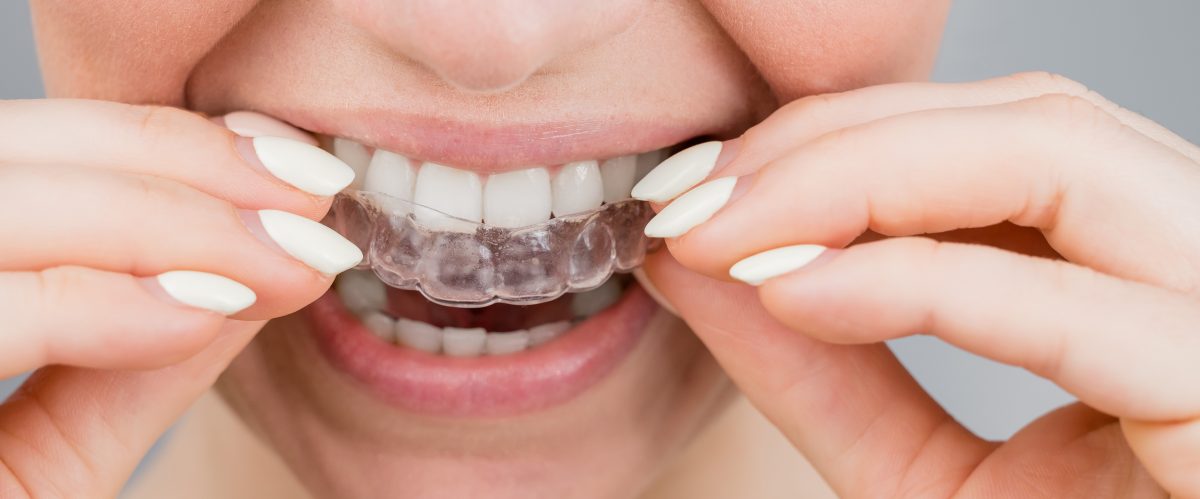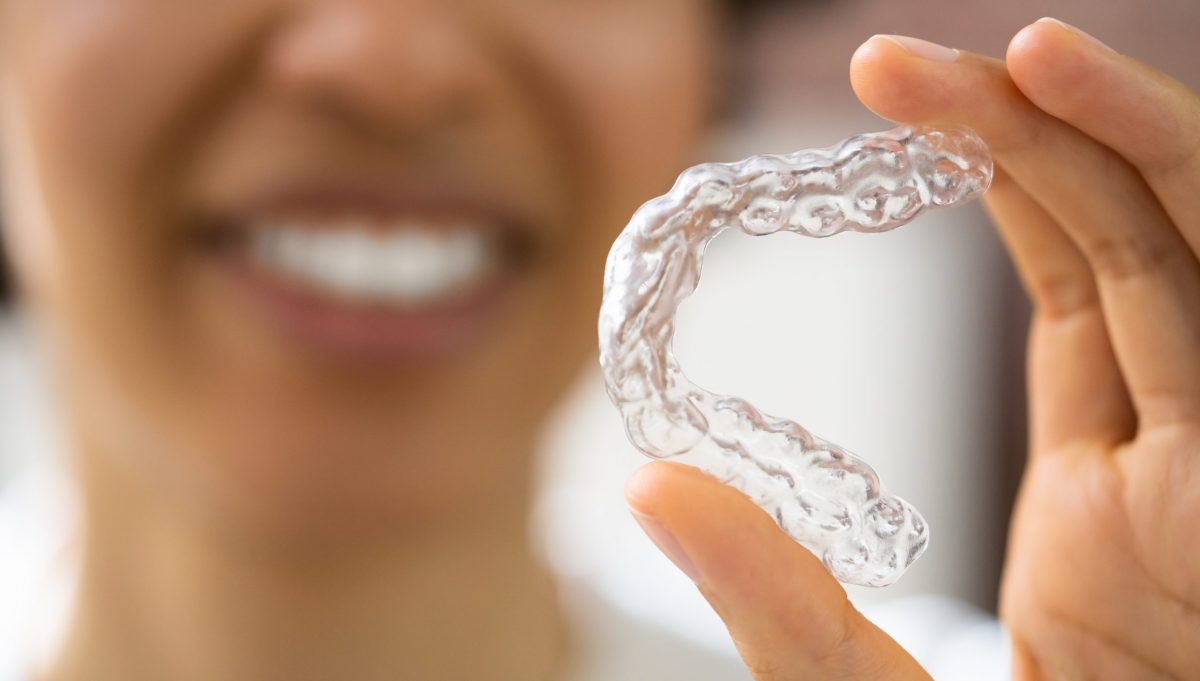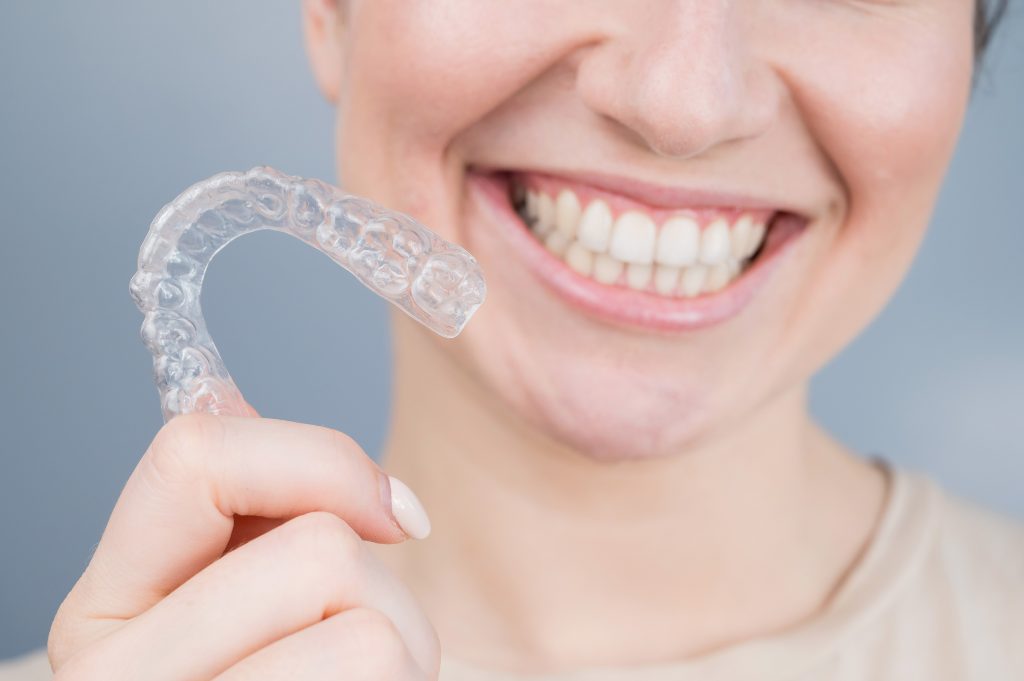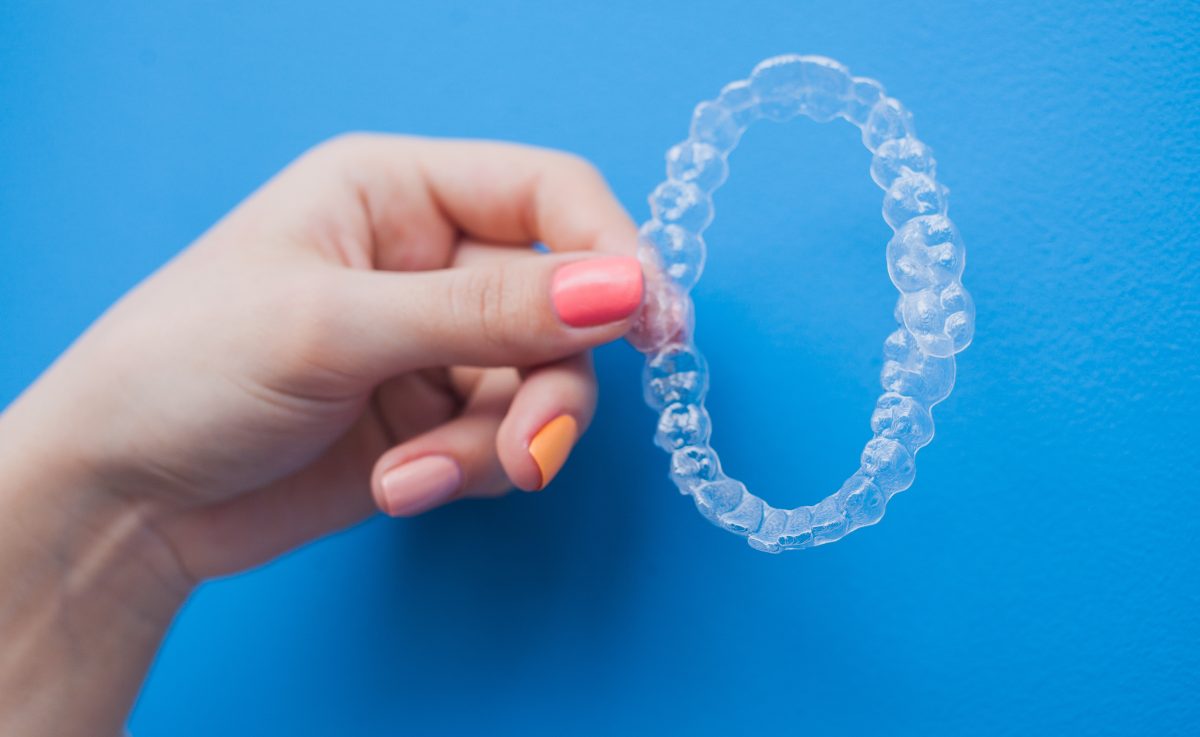Hi! I’m Pancho, and I’ve had ALINA Invisible Braces for just a little over a month now.
I had traditional metal braces as a teenager, but improper retainer use led to my teeth being worse off than before. As an adult, I became very conscious of my teeth and wouldn’t smile in photos, or even cover my mouth when I’d laugh. I was always interested in the possibility of clear aligners, because I didn’t want to look like a kid in some coming-of-age makeover romcom, but thought it would be too much of a chore due to my busy schedule – until I found ALINA Invisible Braces which promised a hassle-free process, delivering each new tray to my doorstep.
ALINA Invisible Braces uses the latest in digital scanning, 3D printing and their AI powered ALINASmile Technology which analyzes thousands of the best smiles in the world to design a beautiful smile that uniquely fits a person’s facial features. Their aligners are also made from what they call their ultracomfort material which help them create the most comfortable and wearable invisible braces in the market today. The cost depends on whether your case is mild or complex. And sadly, I fall under the latter.
So, long story short, I got scanned at one of their partner dentists, and after two weeks I was called back in for my attachments and the rest is history.
Yes, I said attachments. One of the things that made me want ALINA Invisible Braces in the first place, is the fact that their aligners are clear, and are less noticeable – hence the “invisible” part. What I didn’t realize was that depending on your treatment plan and type of case, you’ll need to have attachments placed on a few of your teeth to help them adjust. They’re quite similar to the brackets used for metal braces, and due to my case being a complex one, my attachments are on some pretty visible areas, though my dentist did her best to match them to the actual color of my teeth, and under the right lighting, it still pretty much looks like there’s nothing there.
Now on to my ALINA Invisible Braces.
I’ll never forget the first couple of days wearing my first set of ALINA Invisible Braces. Everything in my mouth felt so tight! Putting my invisible braces on was a struggle, taking them off took forever, and I could feel a bit of pressure whenever I tried chewing. I remember thinking to myself “This isn’t what I signed up for!”. But lo and behold, two days later, and it started to feel like I was wearing nothing at all. Putting them on came with a very satisfying “click”, taking them off took literally less than a second, and I was back to eating like I used to again.
The minor discomfort is due to the invisible braces gradually shifting my teeth into their proper position. I would have actually known this, had I not been overeager, and had been listening when they presented my case to me. Obviously, my teeth shifting around inside my mouth, albeit gradually, would at times hurt. But thankfully, this all eases up as the weeks progress.
Talking while wearing my ALINA Invisible Braces also took some getting used to as well. Another thing I noticed was that I had a bit of a lisp at first. Although it wasn’t too much of a speed bump, because as my friends and colleagues can confirm, I’m back to talking up a storm.
It’s recommended that you wear your ALINA Invisible Braces 22 hours a day. I know it sounds like a whole lot, but you don’t even notice they’re on once you get the hang of it. This does mean that if you aren’t eating or drinking colored, warm, or hot liquids, you should have them on pretty much at all times. This was admittedly tough for me to get past because I typically have three to four cups of coffee in a day. I in turn stressed a lot about having my aligners out for too long in a day. But my dentist assured me it was fine, and it just meant I’d have to do my treatment for a little longer.
I also have to say that I’ve become more responsible when it comes to dental hygiene. Cleaning your teeth before putting your ALINA Invisible Braces back in is a must, otherwise you risk getting stuff caught in your teeth and aligners. Now I carry around a handy travel toothbrush, or in scenarios where I simply can’t, I have a tiny bottle of mouthwash handy. And if you don’t floss already, it’ll definitely be your new best friend! You also need to clean your aligners to make sure nothing gets caught in them, but this is fairly simple to do.
Now on my second tray, things do feel a bit tight again. The level of discomfort, I’m guessing, depends on how much movement is happening. I do have to say though, it still doesn’t compare to the pain and discomfort of the metal braces I had back in the day.
Is it an actual inconvenience? Frankly, no. Do I want it over and done with? Most definitely. Have I seen much of an improvement in just a month? Honestly, yes! With all the little surprises I encountered along the way, I can still definitely say that I made the right choice by uncovering my smile with ALINA Invisible Braces.


